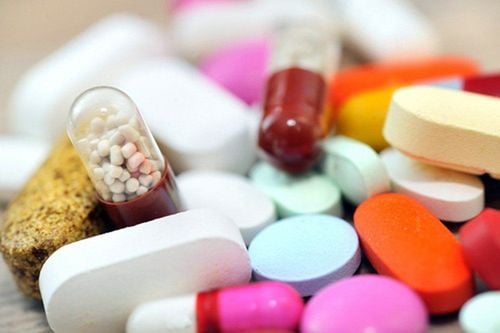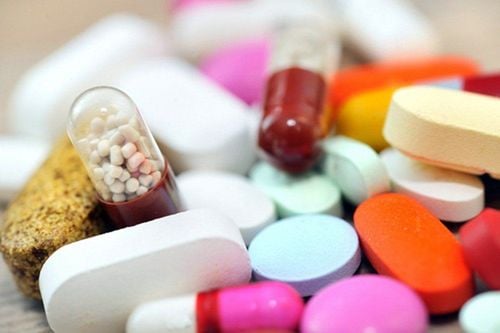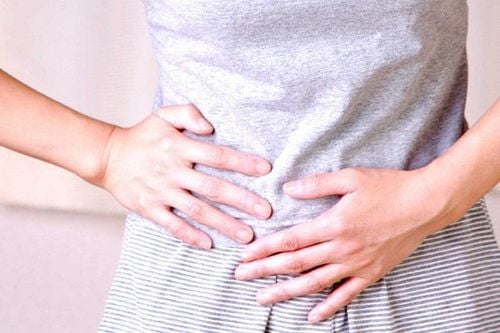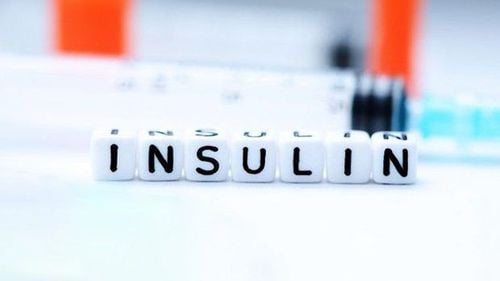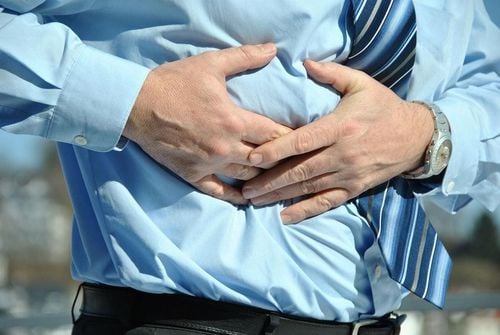This is an automatically translated article.
The article was professionally consulted by Specialist Doctor I Nguyen Hung - Department of Medical Examination & Internal Medicine - Vinmec Danang International Hospital. With over 36 years of experience in the profession, the doctor has experience in treating endocrine - diabetes and kidney diseases.Polyuria or diabetes is a condition that occurs when a patient's daily urine output is more than 2 liters. Polyuria often causes a lot of trouble, especially nocturnal polyuria, and can be a manifestation of a medical condition such as diabetes mellitus, diabetes insipidus, after an acute illness or due to psychiatric factors.
1. What is polyuria?
Normally, each person excretes from 1.2 - 1.7 liters of urine per day for men, 1.1 - 1.5 liters for women. Polyuria (also known as diabetes mellitus, polyuria) is a condition that occurs when the urine output exceeds 2 liters per day, with bed rest, the amount of water taken in 24 hours is not too much (on average). 1.5 liters and without diuretics, normal diet).Patients with polyuria often urinate several times a day with more than normal urine volume each time. Therefore, the total urine output for the day (24 hours) is greater than 2 liters.
Nocturnal polyuria is often associated with frequent urination. This condition is roughly understood as the patient has to wake up a few times at night to urinate with the urine volume accounting for nearly 50% of the total urine volume during the day. This phenomenon can be seen in both men and women, but is more common in the elderly due to decreased kidney function. However, it is important to distinguish physiological and pathological polyuria.
Physiological polyuria is caused by too much water in the body during the day, for example by drinking a lot of water or receiving a lot of fluids. Because the body always maintains a balanced fluid volume, excess water will be excreted through the urinary tract, causing diabetes. In this case, if water intake is reduced, polyuria will stop. When polyuria is diagnosed, there is no abnormality in urinalysis, no sugar (glucose) in the urine, and a urine density above 1.005.
On the other hand, pathological polyuria is related to diseases such as diabetes, diabetes insipidus, after some acute illness or due to psychiatric factors.
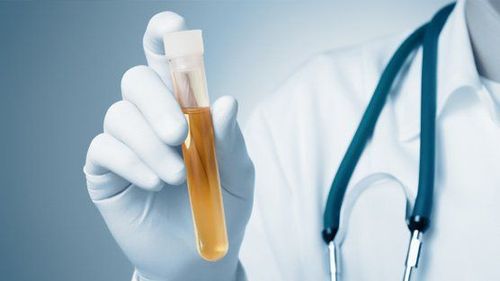
2. Diagnosis of pathological polyuria
2.1. Diabetes This is the most common disease causing polyuria, a condition in which fasting blood sugar is frequently elevated. The classic triad of diabetes includes eating a lot, drinking a lot, urinating a lot, but getting thinner and thinner, losing weight. A diagnosis of diabetes is made when one of the following four criteria is present:Fasting blood sugar is greater than or equal to 7 mmol/l (or 126 mg/dL). Do it twice in the early morning, at least 8 hours before the last meal, on different days; Blood sugar test at any time of day greater than or equal to 11.1 mmol/l (or 200 mg/dL) with symptoms of diabetes; After 2 hours of oral glucose tolerance testing, plasma glucose is greater than or equal to 7 mmol/l (or 126 mg/dL); HbA1C levels greater than or equal to 6.5%, provided the patient is not anemic. 2.2. Diabetes insipidus Patients with diabetes insipidus have frequent urination, more than 2 liters a day, accompanied by thirst and drinking a lot, weight is less affected. Blood sugar test showed no abnormality. Urine has no sugar, urine density is less than 1.005. Meanwhile, if water intake is reduced, polyuria will not only not decrease but can also cause severe dehydration.
2.3. Polyuria after some acute diseases The recovery period after some acute conditions can lead to polyuria, such as after acute hepatitis, the polyuria phase of acute renal failure, after kidney transplantation... This polyuria has a urine density greater than 1.005. Symptoms gradually subside and return to normal when the acute illness is completely cured.
2.4. Polyuria due to mental factors Due to mental disorders, the patient drank a lot, causing diabetes, but the urine density was still above 1.005. When water intake is reduced, polyuria also decreases.
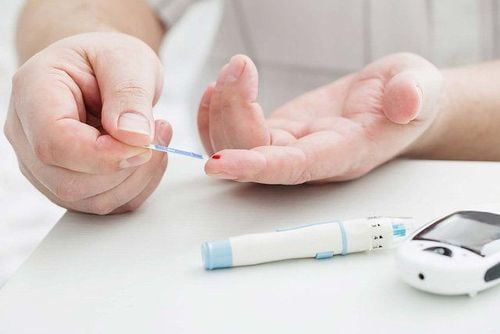
3. Treatment of polyuria
Patients need to pay attention to detect their abnormal condition, such as nocturnal polyuria, frequent awakening leading to insomnia, frequent urination and frequent thirst. Then, the patient needs to see a doctor to get a diagnosis and determine the cause of polyuria.If the cause is not due to a medical condition, but rather comes from lifestyle habits, such as the habit of drinking water at night before going to bed, using stimulants such as alcohol, beer, coffee, then you should actively limit it. . In case you are taking diuretics, you must consider the problem with your doctor, review whether you are taking the correct dose that the doctor has prescribed or not. If polyuria is due to pathological causes (such as diabetes, hypertension, heart failure, kidney failure, cirrhosis...) then the patient must be stabilized for the underlying disease.
In any case, do not buy drugs or self-medicate because it will be dangerous if not treated properly. In addition, absolutely do not drink water to limit polyuria because it can lead to severe dehydration and coma, which is life-threatening.
Patients should go to reputable medical facilities to be diagnosed and treated according to the right protocol. Vinmec International General Hospital has a full range of professional qualifications and technical facilities in the examination and treatment of diseases related to polyuria with high efficiency. a team of well-trained and experienced doctors, qualified medical equipment and professional service quality.
Please dial HOTLINE for more information or register for an appointment HERE. Download MyVinmec app to make appointments faster and to manage your bookings easily.





